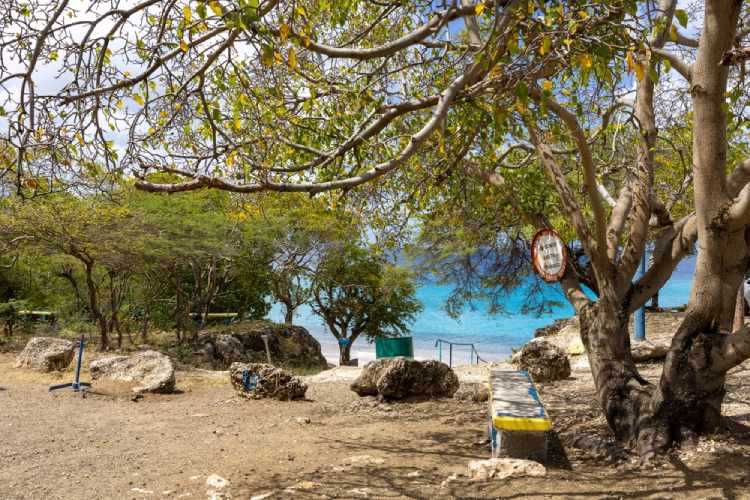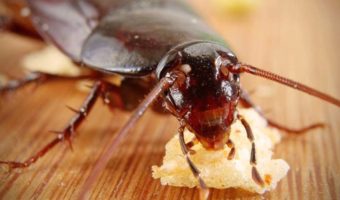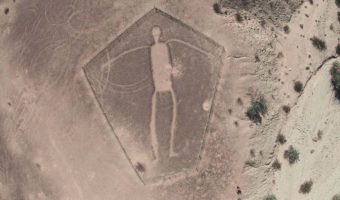The Manchineel Tree Is the World’s Most Dangerous Tree
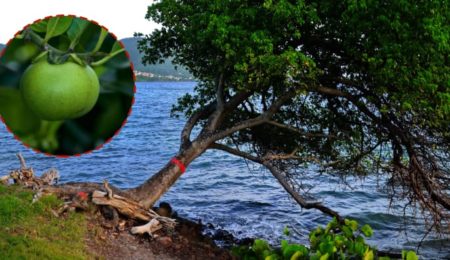
Trees are an irreplaceable part of the Earth’s ecosystem. From providing food, shade, oxygen, and even homes, trees have fulfilled a multitude of human requirements. Humanity no longer lives in forests, but trees are an essential part of our modern cities even now. However, even though trees are so commonplace, one should take care when interacting with them, as they are not entirely harmless. Moreover, one of the most evident examples of that is the manchineel tree. But what has given this species such an infamous reputation as the “world’s most dangerous tree”? Let’s find out!
Table of Contents
The manchineel tree grows on the sandy beaches of the Americas
The Hippomane mancinella, a medium-sized evergreen tree, can reach up to 40 feet (12 meters) in height with a two-foot (60 cm) thick trunk. Its several branches sport long-stalked, leathery, elliptical yellow-green leaves and sweet-scented fruits. The yellow to reddish fruits occur either singly or in pairs. Given the resemblance of the fruits and foliage to an apple tree, the Spanish name for the manchineel is “manzanilla,” meaning “little apple.”

The manchineel can be found in the sandy soils and mangroves of south Florida, the Caribbean, Central America, and northern South America. Warning signs placed by the local population urge tourists and travelers to keep their distance from this tree. Walking along the coast, people would see trees marked with an ominous red band – a clear indication of a warning to keep a safe distance. Seems like overkill for a tree? Not in this instance.
Manchineel trees are infamous for their extremely toxic characteristics
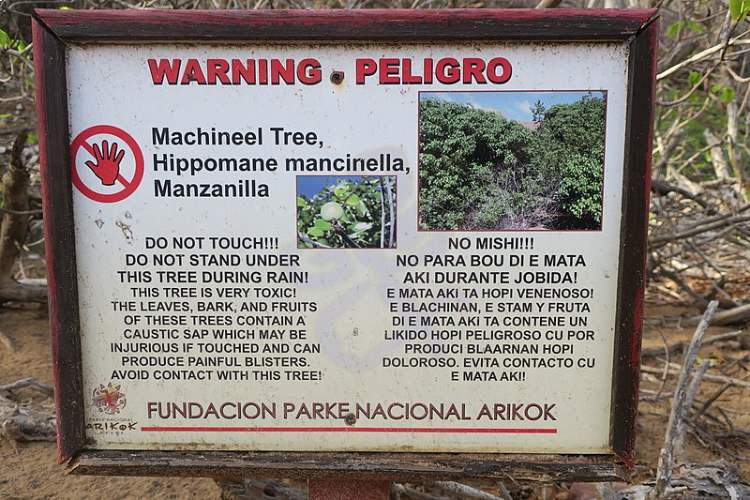
The shade of the manchineel tree can look very inviting on a sunny day along the coast. The fruits on its branches may look ripe and juicy. However, enjoying the shade or a bite of the fruit is not a good idea. Despite their unassuming appearance, locals insist you shouldn’t touch the bark or even breathe the air around the tree. Merely touching the tree can result in a reaction to the poison it holds.
The highly toxic, milky sap of the tree contains phorbol, an irritating chemical that causes a strong allergic reaction on contact with the skin. Standing under the tree during a rainstorm can cause excruciating pain and blisters as the chemical mixes with the rain drops. Furthermore, if the tree is being burnt, it’s best to stay upwind as the smoke can severely irritate the eyes and even cause blindness.
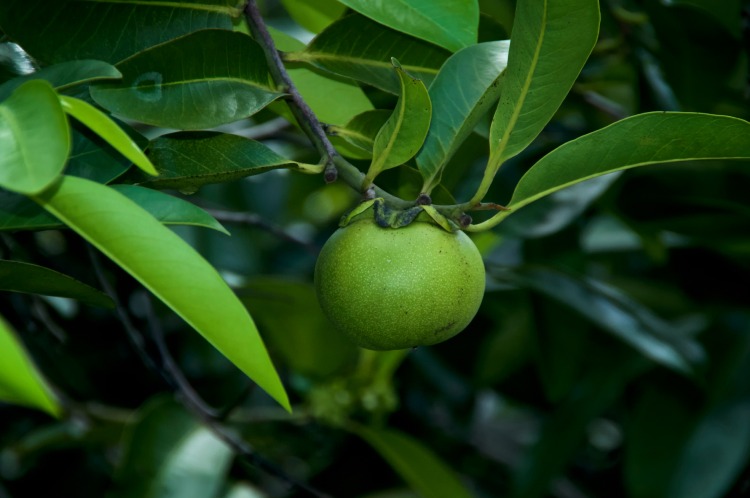
However, the toxins held within its fruit far surpass those found in the bark and leaves. These small, sweet-smelling spheres can cause hours of agony and potentially be fatal if consumed. Botanist and naturalist Roger Hammer says shipwrecked sailors who ate the fruit experienced inflammation and blistering around the mouth, along with severe stomach and intestinal issues. It’s no wonder that Christopher Columbus called the fruit the “manzanilla de la muerte” or “the little apple of death.” People have unknowingly consumed the fruit, and that’s how we today know the effects the toxins have on the body.
Being poisoned by the manchineel tree guarantees severe consequences
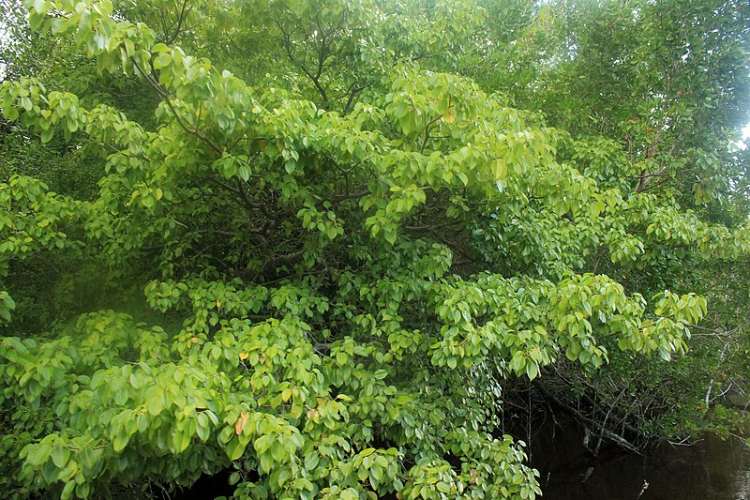
Nicola H. Strickland, a consultant radiologist, was holidaying with a friend in the Caribbean Island of Tobago when they came across the fruit of the manchineel tree. While the first bite was pleasant, the next few hours were not. It started with a peppery feeling in their mouths, which turned into a burning, tearing sensation and a tightening of the throat. They could barely swallow food due to the pain, but milk seemed to help ease the discomfort slightly.
It was later found that Nicola and her friend had experienced oral and oesophageal ulceration and severe edema. The symptoms subsided over the course of eight hours, but their lymph nodes became very tender. Scientists are not sure yet why the manchineel tree has such an extreme defense mechanism. It may be a possible adaptation to keep birds and animals away from eating the fruits, as the tree disperses its seeds using the tide. One thing is for sure: eating fruits and berries without knowledge of their effects can lead to some unfortunate consequences.














